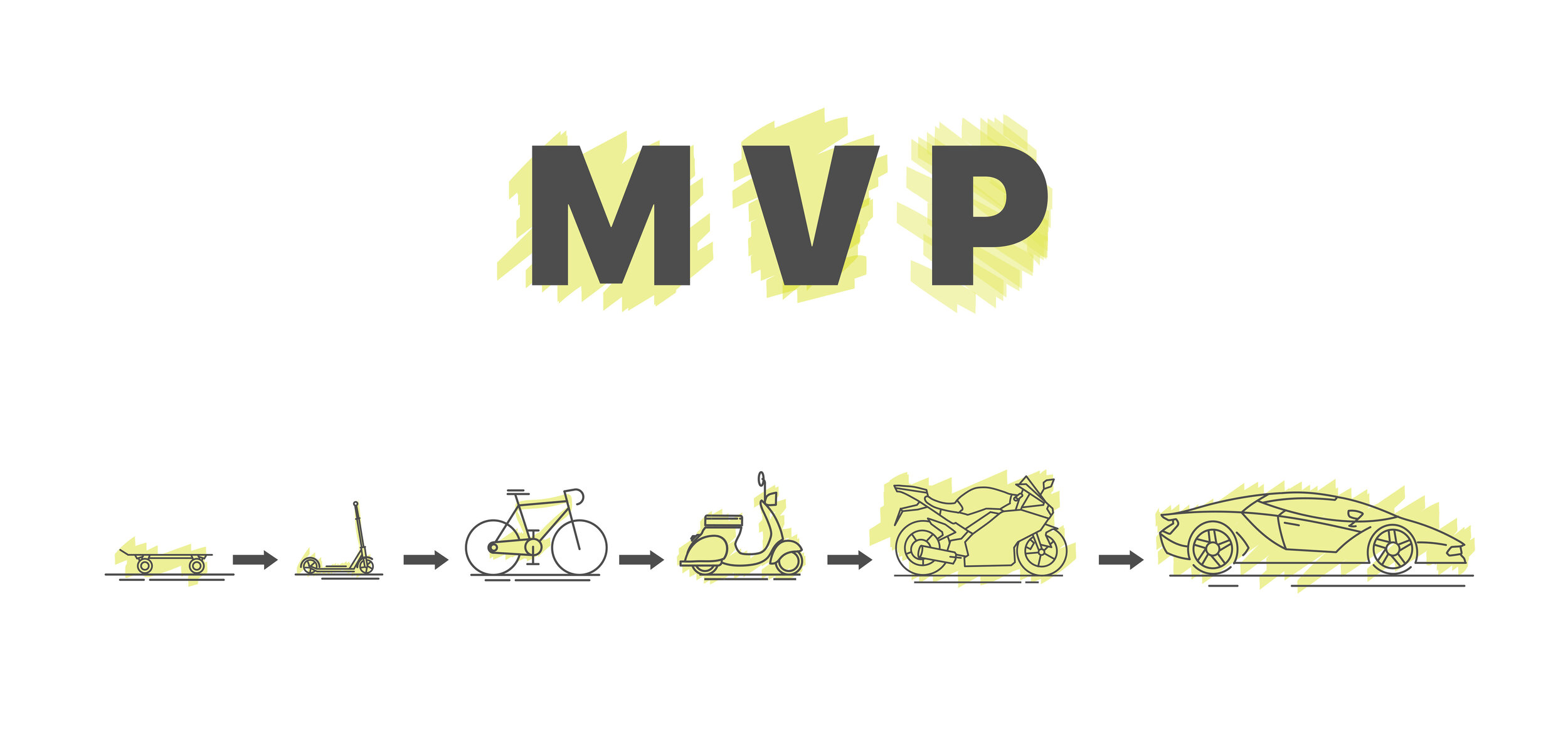Does agile work in Olympic Sports?
What happens if we use Olympic sports as example, where you start with the sport when you are young and win an Olympic medal as an adult. Does the agile approach with an MVP work?
It’s rather easy for a child to get a football and start playing. This is a very good example of an MVP. If she have talent and a desire to train, she can play in the championships when she is grown up. Small steps to a gold medal, in an agile way.
If your child want to win a gold medal in sailing, the stakes are a bit higher. The first boat is usually a one person sailing boot that even a child can manage. But the cost for the boat is higher than a football and the kid need additional skills like swimming. Not to forget the need for safe waters and maintenance off season.
If you instead of thinking of buying a horse for your offspring, then you agile approach will fail big. The concept of MVP will not work as the skills to manage a horse when not riding is far more demanding than putting the shoes on a shelf after game. If you don’t have the skills to manage the horse fully, then the health of both the rider and the horse are at stake.
This is why you have to think through the concept of what you need to succeed with a MVP.
A football works fine, a small sailing boot is on the verge of what a young teenager can manage on her own. But to buy a horse to a youngster to ride and to take care of if he or she, or the parents, doesn’t have any prior knowledge about horses is really a bad idea.
If you think that you can succeed with a digital transformation with an MVP, it’s time to re-think. It’s much more complex that taking care of a horse.






